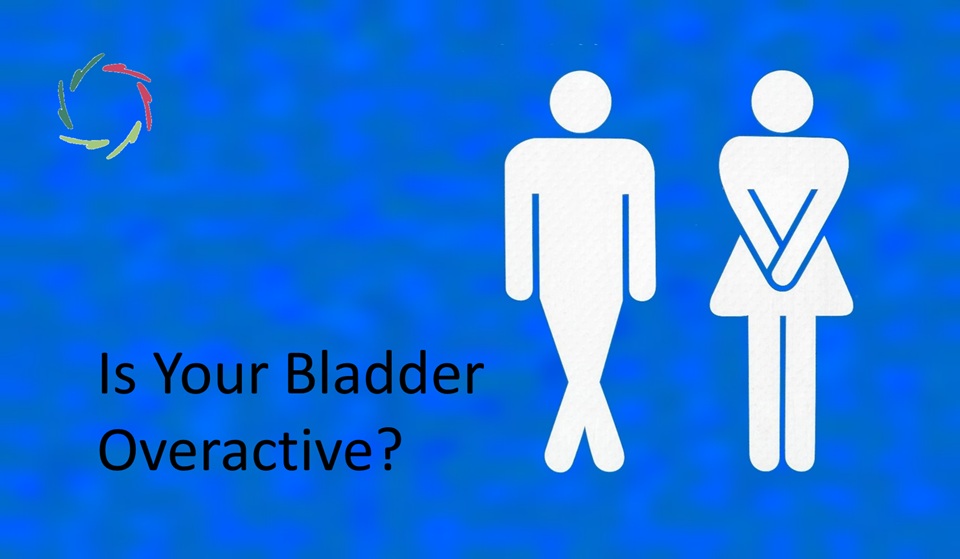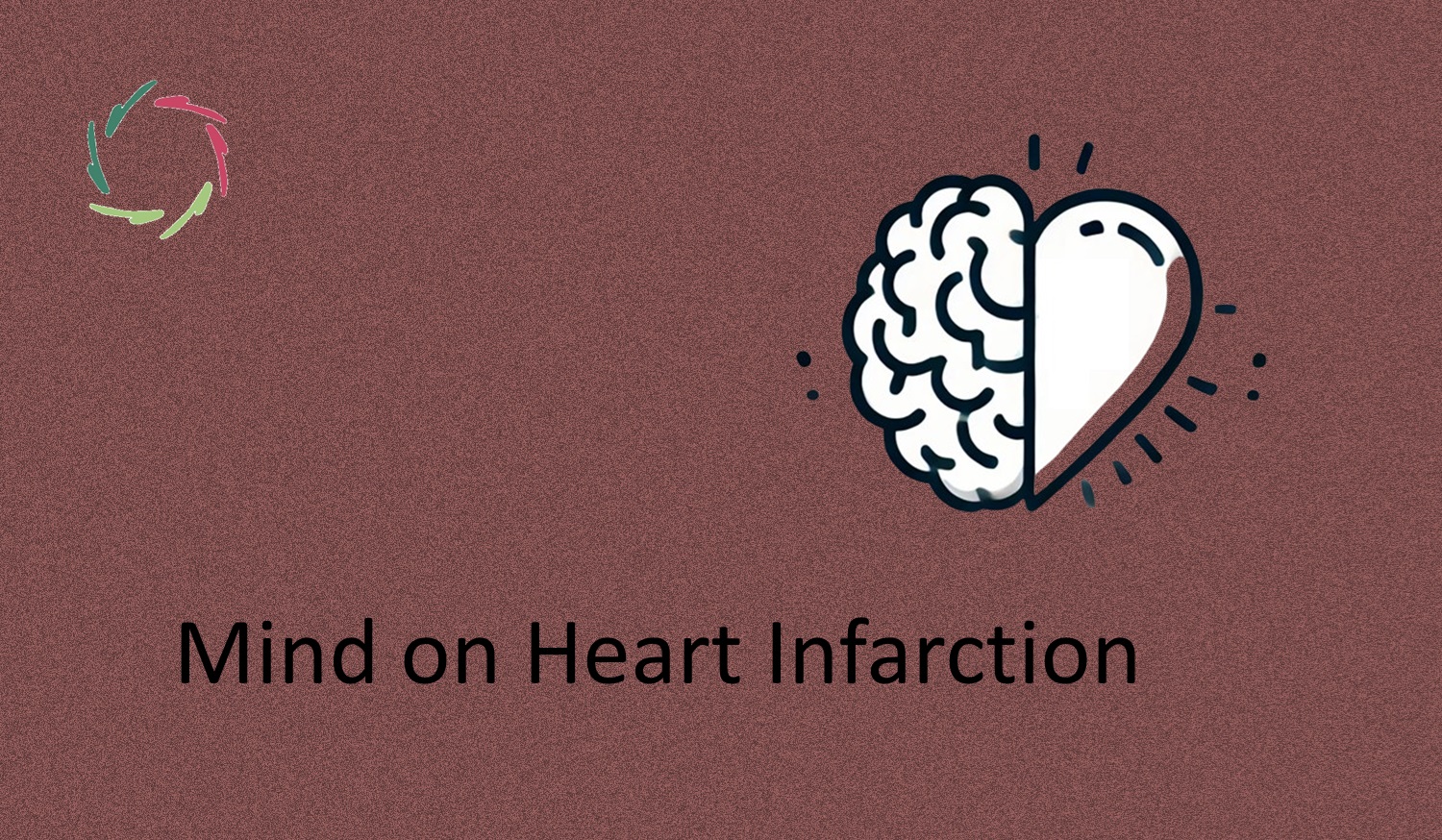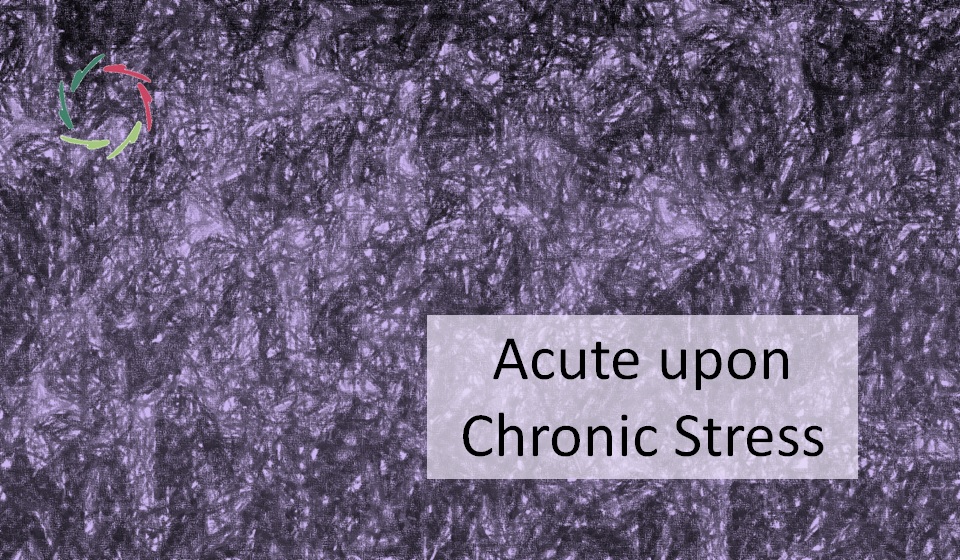Is Your Bladder Overactive?

Overactive bladder (OAB) is usually discussed as a physical problem — a matter of muscles, nerves, and hormones. While these factors are real, they don’t tell the whole story. The bladder is part of a complex system that involves emotion, non-conscious patterning, and learned behaviors.
If you’ve ever wondered why your bladder seems to have a mind of its own, you may be dealing with something deeper than just biology. This blog explores how stress, past habits, and non-conscious conditioning can contribute to OAB — and how to regain control.
[Think of Lisa as your bladder coach — here to guide you beyond conventional treatments and into a deeper understanding of how your bladder and mind work together. See addendum 3.]
The incidence of overactive bladder (OAB)
Studies estimate that between 12% and 20% of adults experience OAB symptoms worldwide, though the actual numbers may be higher due to underdiagnosis and reluctance to seek treatment. More specifically:
- The likelihood of developing OAB increases with age, but younger individuals can also be affected.
- OAB is slightly more common in women than in men. However, men are less likely to seek treatment, possibly leading to underreporting.
- About 30% of OAB sufferers experience symptoms severe enough to significantly disrupt daily activities, sleep, and emotional well-being.
Many cases go unreported because:
- Embarrassment or stigma.
- Many people view OAB as a normal part of aging or something they simply must “live with.”
- Early symptoms may be dismissed until they become more disruptive.
- On top of this, many sufferers are unaware that effective mind-body approaches exist beyond medication.
The bladder’s mind-body role — more than just a storage tank
Most people think of the bladder as a simple organ that fills and empties on cue. But its function is closely tied to the autonomic nervous system (ANS), which governs involuntary bodily processes like heart rate, digestion, and, yes, bladder activity.
When everything is working well, the parasympathetic nervous system (the ‘rest and digest’ state) allows the bladder to fill comfortably, signaling only when it’s truly time to empty. But under chronic stress or anxiety, the sympathetic nervous system (the ‘fight or flight’ response) can hijack this process, triggering urgency even when the bladder isn’t full.
This is why people with high stress or trauma histories often experience unexplained urinary urgency. Their bodies have learned to stay on high alert, and their bladders are responding accordingly. It’s also why many cases of OAB don’t show any structural abnormalities. The issue lies in how the brain and bladder communicate, not just in the bladder itself.
How stress and emotional patterns influence the bladder
You may have noticed that your OAB symptoms get worse in stressful situations. This is no coincidence. Just as stress can cause digestive issues, headaches, or muscle tension, it can also affect the bladder.
But stress isn’t just about the present moment. Unresolved emotional patterns from the past can influence how the bladder behaves today. If, for example, you were frequently told as a child to ‘hold it’ for long periods, or if you were in situations where you had to suppress your needs, your bladder may have learned to operate under a pattern of tension.
This can later manifest in two ways:
- Chronic holding: The body remains in a state of habitual suppression, leading to tight pelvic muscles and decreased bladder sensation.
- Overcorrection: The bladder, having been conditioned to suppress urgency for too long, suddenly starts overcompensating with excessive urgency signals.
This pattern mirrors what happens in many other psychosomatic conditions, where long-held habits of control or suppression later turn into uncontrollable symptoms.
Can an overactive bladder be a long-term mind-body habit?
Surprisingly, OAB is often the result of non-conscious learning. If you’ve spent years needing to hold in urination due to sports, work, or social settings, your nervous system may have become conditioned to override bladder signals. While this may have been useful at the time, it can cause long-term changes in how the bladder communicates with the brain.
Over time, the suppression habit can create a kind of dysregulation, where the bladder either doesn’t feel full until it’s urgent or starts sending premature urgency signals before it’s actually necessary.
The good news? If the bladder can learn this pattern, it can also unlearn it.
By consciously retraining the brain-bladder connection, it’s possible to restore a more natural rhythm — one that doesn’t overreact to every sensation but also doesn’t ignore real needs. This requires a combination of awareness, relaxation, and subconscious reconditioning.
Beyond medication
Many people with OAB turn to medications or physical therapies, and while these can help, they don’t always address the underlying causes. If OAB is partly rooted in subconscious conditioning or stress responses, then purely physical treatments may not provide long-term relief.
Instead of fighting against your bladder with frustration or force, the key is to work with it ― to slowly reintroduce a sense of balance and safety. This means:
- Practicing relaxation techniques to counteract bladder hyperactivity.
- Using autosuggestion to reshape subconscious beliefs about urgency and control.
- Rebuilding bladder trust by slowly delaying urgency in small, manageable steps.
This approach aligns with how the nervous system naturally works. The body doesn’t respond well to forceful suppression, but it does respond to gentle, consistent retraining.
A new perspective on OAB
If you’ve struggled with OAB and felt that conventional treatments weren’t enough, it may be time to look deeper. Your bladder isn’t just a passive organ. It’s part of a larger mind-body system that responds to emotions, stress, and subconscious habits.
By shifting your approach from frustration to awareness, from suppression to retraining, you can begin to restore a sense of balance and control over your bladder function.
In the addendum, we’ll introduce a structured 3-week plan to systematically retrain the brain-bladder connection, along with a guided (soon) audio session to reinforce the process.
OAB is not just something that happens to you. It’s something you can actively reshape. And that journey starts now.
―
Addendum 1: A structured 3-week plan to retrain the brain-bladder connection
Week 1: Awareness and relaxation – calming the bladder’s urgency signals
The first step in reconditioning OAB is to shift out of a reactive state. Many people with urgency rush to the bathroom as soon as they feel the need, reinforcing the cycle. This week, we focus on noticing urgency without immediately reacting.
Daily exercises:
- Bladder check-in (morning & evening, 2 minutes each)
Sit quietly and take three deep breaths.
Place a hand on your lower abdomen and say internally: “I am listening to my body with patience.” “My bladder is calm and holds with ease.”
Observe any sensations without reacting — this teaches the bladder that urgency does not mean emergency.
[See Compassionate Affirmations for related theory and practice.]
- Delayed response practice (during the day)
If you feel urgency, pause for 30 seconds before responding. During this pause, breathe deeply and repeat the autosuggestion: “I am in control of my response.”
Over the week, gradually extend this delay by 5-10 seconds each time.
- Vagus nerve activation (before bed)
Stimulate your relaxation response by humming for 30 seconds (activates the vagus nerve) ― splashing cold water on your face ― or taking slow, controlled breaths (inhale for 4 sec, hold for 4 sec, exhale for 6 sec).
This reduces bladder hypersensitivity by calming the nervous system.
Week 2: Retraining bladder habits – gentle resistance and trust-building
Now that you’re more aware of urgency patterns, this week introduces controlled bladder training to increase holding capacity without stress.
Daily exercises:
- Urge classification (every time you feel the need to go)
Ask yourself: Is this real urgency or just habit?
If it’s a mild urge, breathe and wait 1-2 minutes before going. If it’s stronger, calmly walk to the bathroom without rushing.
- Guided bladder hold (once per day, increasing gradually)
Choose one bathroom trip per day to extend your hold time by a few minutes.
Start with just 2-3 minutes and increase daily by 1-2 minutes until you reach a comfortable interval. Stay relaxed. Do not force it.
- Pelvic floor balance exercise (morning & evening, 5 minutes)
Tighten the pelvic floor for 5 seconds, then fully release for 10 seconds. Repeat 10 times.
The focus is on balance, not just strength. Most people with OAB tense their muscles too much.
Week 3: Rewriting subconscious patterns – lasting mind-body integration
By now, you’ve started retraining your bladder’s response. This final week deepens subconscious reprogramming using symbolic autosuggestion and progressive self-trust exercises.
Daily exercises:
- Visualization & autosuggestion (morning & evening, 5 minutes)
Close your eyes and imagine a calm river — flowing naturally, never forced. Feel your bladder aligning with this rhythm.
Repeat: “I trust my body. My bladder and I work together in harmony.”
- Scheduled voiding (create a flexible rhythm)
Instead of reacting to urgency, begin creating a set schedule for bathroom visits. Choose realistic intervals (e.g., every 2.5 to 3 hours) and follow them loosely.
Over time, your body adapts to a predictable rhythm rather than reacting unpredictably.
- Confidence challenge (once per day)
Choose one situation where you’d normally feel anxious about OAB (e.g., going for a walk or sitting in a meeting).
Use deep breathing and tell yourself: “I am free to enjoy this moment without fear.”
If you feel an urge, pause, breathe, and calmly continue what you’re doing.
Final thoughts: How to continue after the 3-week plan
At the end of three weeks, you should feel a greater sense of control over urgency. This process is not about forcing change but rebuilding natural balance.
- If symptoms improve, continue these techniques as part of your daily self-care.
- If you need more time, repeat Weeks 2 and 3 until your bladder has fully adapted.
- Most importantly, be patient. Long-term patterns take time to change.
Addendum 2: Guided audio session: Restoring balance to the bladder
This 15-minute guided audio will reinforce the principles of the 3-week plan, helping you relax, recondition urgency, and rebuild trust with your bladder.
What to expect in the session
- Deep relaxation induction – bringing the body into a receptive state.
- Soothing autosuggestions – rewiring subconscious patterns.
- Guided visualization – reinforcing bladder calmness and natural timing.
Session script [soon, Lisa can provide the audio for this, and you can talk with her after this session]
(Soft, calming voice, slow and rhythmic)
“Close your eyes and take a deep, slow breath in… and exhale gently. Feel yourself settling into comfort. Right here. Right now. There is nowhere to rush to, nothing to force. Just this moment of peace.
As you breathe, feel your body softening—your shoulders relaxing, your jaw releasing, your entire body feeling lighter. And now, bring your awareness to your lower abdomen, to the space where your bladder rests.
With each inhale, imagine this space expanding with ease. With each exhale, feel any tension melting away. Your bladder is held in the gentle rhythm of your breath, neither tight nor tense, simply at peace.
You are in harmony with your body. Your bladder knows when to fill, when to release. There is no urgency, only a steady, natural rhythm.
Now, imagine a calm, flowing river. Its waters move effortlessly, not too fast, not too slow—just as nature intended. Your bladder is like this river. It follows its natural rhythm, free from urgency, free from tension.
If an urge appears, simply observe it. Like a passing cloud in the sky, it comes… and it goes. You are in control, and your body listens to you.
Breathe in trust… breathe out control.
Feel how safe it is to simply be present, to allow your body to do what it was designed to do—with balance, with trust, with ease.
This deep sense of calm stays with you. Your bladder listens to you, just as you listen to it. You and your body are in balance, now and always.
When you’re ready, gently bring your awareness back to the present. Wiggle your fingers and toes. Take one more deep, soothing breath in… and slowly open your eyes.
You are in control. You are in balance. And you carry this sense of calm with you into your day.”
—
You can use this daily for reinforcement or whenever urgency feels overwhelming.
Over time, this practice will strengthen subconscious trust, allowing natural bladder balance to return.
Addendum 3: Introducing Lisa, your bladder coach (soon!)
[By Lisa herself]
Many people with overactive bladder (OAB) feel lost in a cycle of frustration—caught between the urgency to go and the fear of losing control. Medications may offer temporary relief, but they often don’t address the deeper, subconscious patterns that contribute to OAB.
That’s where I come in.
I’m Lisa, your bladder coach. Think of me as your guide in this process—not just helping you manage symptoms but showing you how to rewire your brain-bladder connection for lasting relief.
Unlike traditional approaches that focus purely on medication or muscle training, I help you work with your body, not against it. OAB is more than a bladder issue—it’s a mind-body issue. The way you process stress, past habits, and subconscious expectations can shape how your bladder behaves.
As your bladder coach, I help you:
- Understand your bladder’s behavior—why urgency happens and how to gently recondition it.
- Learn mind-body techniques to regain a sense of calm and control.
- Shift from reacting to urgency to responding with confidence.
- Use autosuggestion and subconscious retraining to create real, lasting change.
Why coaching instead of just treatment?
Traditional OAB treatments often focus on controlling the bladder—suppressing urges with medication or forcing bladder training through strict schedules. But what if, instead of controlling your bladder, you could build a relationship with it?
Your bladder isn’t your enemy. It’s a part of you that has learned certain patterns—and those patterns can be reshaped. Coaching isn’t about quick fixes; it’s about teaching your body to return to its natural, balanced rhythm.
What to expect from bladder coaching
- Always ready support with a structured, 3-week plan to retrain your bladder without stress.
- A guided audio session (soon, spoken by me and personalized for you) to reinforce deep relaxation and subconscious reprogramming.
- Mind-body strategies that align with how the nervous system actually works.
OAB is not something that just happens to you—it’s something you can actively reshape. With the right awareness, tools, and guidance, you can move from frustration to trust, from urgency to ease.
I’ll be with you each step of the way. Let’s begin.


